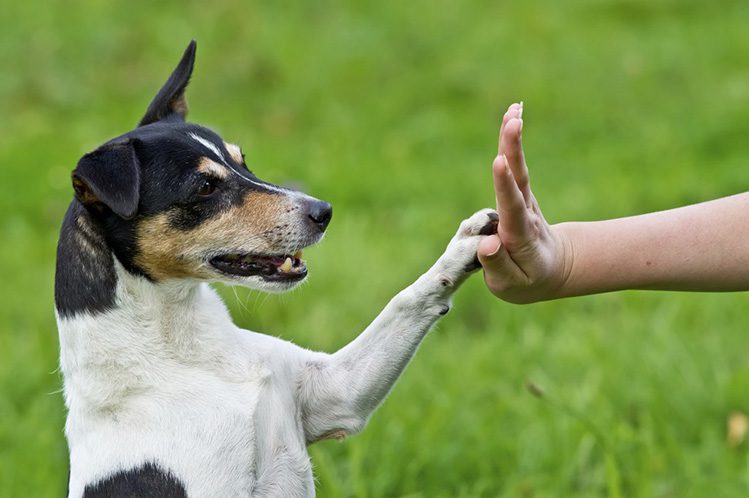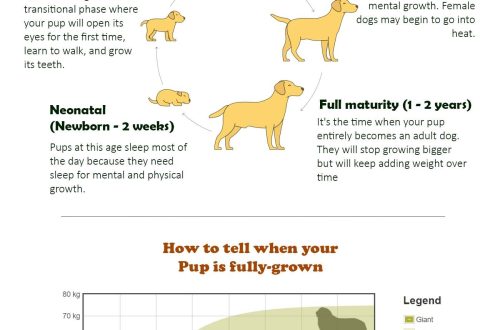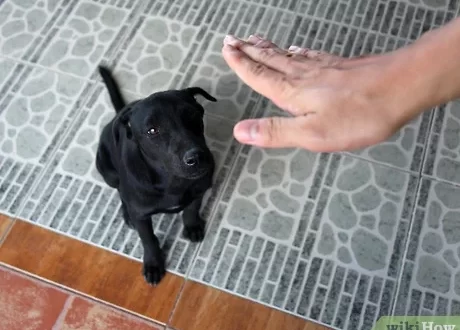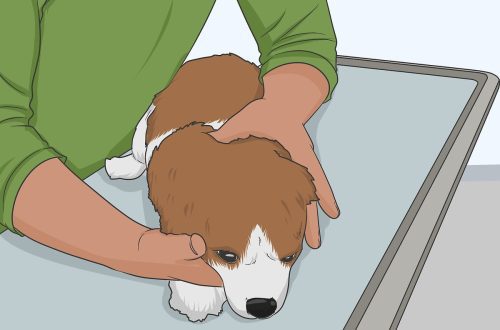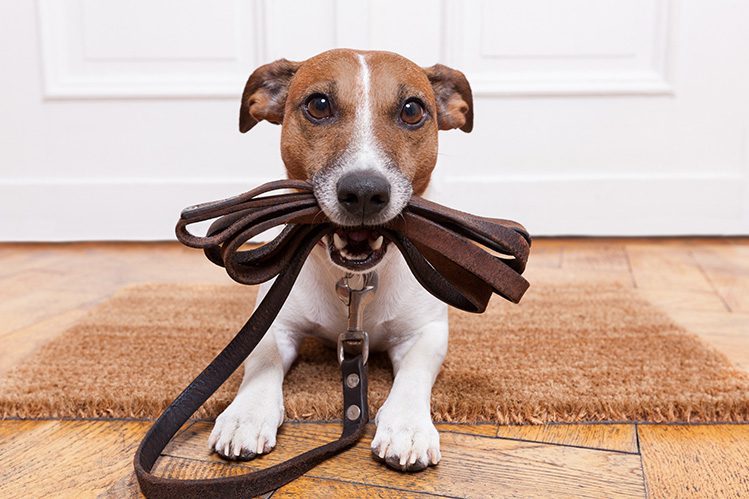
How to properly raise a puppy?
A well-bred puppy is not only the pride of its owners, but also a guarantee of the safety of both the pet itself and the people and pets around it. You should not confuse upbringing with training, because if training is teaching a dog to special commands, then upbringing is the formation of the puppy’s behavioral norms necessary for a comfortable life in society.
The success of educational work depends on the conditions in which the puppy grows and develops, and, of course, on the degree of responsibility of the owner and the correctness of his approach. Here are some tips to help you avoid mistakes and make the process of training your dog enjoyable and effective.
Learn the basics of zoopsychology, education and training of dogs. Pick up high-quality literature on the topic and “get” desktop books. They will not only give you useful knowledge, but also teach you to understand your pet, talking about his perception of the world, you and himself.
Keep a puppy development diary. Record in it age-related changes, veterinary examinations, antiparasitic treatments and vaccinations, assessments and recommendations of specialists, as well as your joint progress in education. This data will help you monitor the puppy’s health and skills and will definitely come in handy in the future.
Conduct classes with a puppy in a relaxed atmosphere, without being distracted by extraneous matters.
Start educational work from the first days of the appearance of a puppy in a new home. The first months of life are the most crucial period in shaping your pet’s behavior and attitude towards you.
Stick to your parenting plan. If yesterday you punished a puppy for ruining his shoes, and today you let him play with slippers, be sure that the lesson will not be learned.
Go from simple to complex, taking into account the age and capabilities of the puppy. You should not expect endurance from a 2-month-old baby, however, at the age of 8 months, the pet should already be able to unconditionally follow all the basic commands.

Repetition is the mother of learning. A well-learned lesson will be safely forgotten if there is no need to demonstrate the skill for a long time.
Give commands correctly. First, get the dog’s attention by saying its name, and only then say the command clearly and confidently.
For education and training, stock up on a collar, leash (short and long), harness, fetching items and treats that will be used as a reward for the dog.
Don’t give treats without a reason. Reward the puppy with a treat for a correctly performed action and add praise to it.
Do not forget that positive emotions and the approval of the owner are the best incentive in raising a pet. If your puppy stubbornly does not want to become “educated”, do not rush to be disappointed in his talents, but think about whether you are doing everything right. After all, the dog’s mistakes in most cases are a reflection of the mistakes made in educational work, as well as its successes – a good reason for the owner to be proud of his (and joint with the pet) work.
